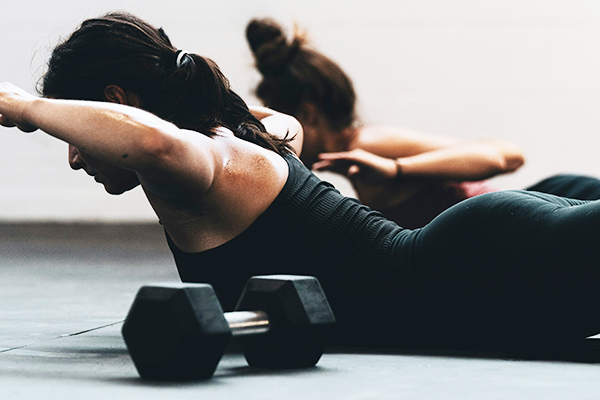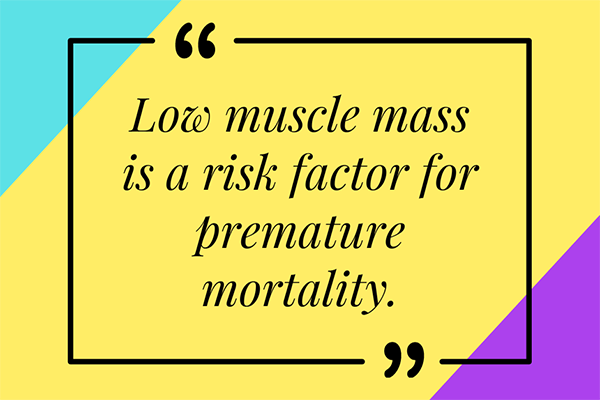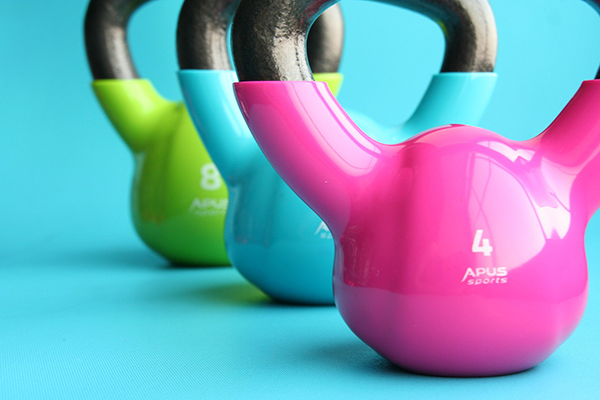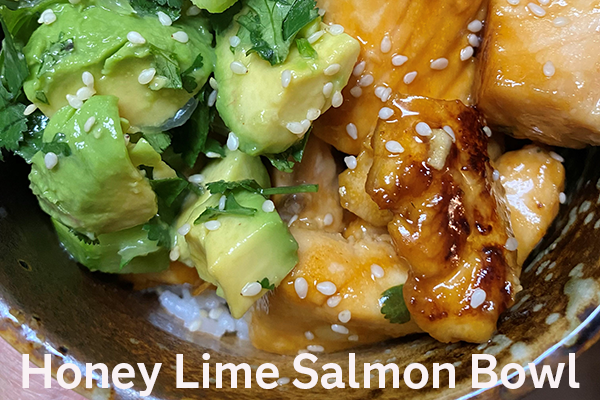Skeletal muscle is important for so many reasons beyond movement or aesthetics. Muscle is a vital part of our metabolic and overall health, playing a key role in how we control glucose, insulin, energy levels and longevity.
Burn baby, burn
Our muscles are the primary site of glucose disposal, meaning the healthier your muscle and the more muscle mass you have, the better able your body is at handling glucose. And, the cool thing about muscles is that they can utilize that blood glucose without the need of insulin. This means that even those with Type 2 Diabetes or severe insulin resistance can clear glucose from the blood at levels almost identical to people without diabetes. This is all thanks to AMPK, a protein in cells that is stimulated by muscle contraction. This can actually help to increase insulin sensitivity as well. Studies show that a single bout of resistance training can increase insulin sensitivity for up to 2 days!
Another function of our muscles is fatty acid oxidation. At rest, the mitochondria in our muscles burn fatty acids as the primary source of energy. The more healthy muscle mass you have to process glucose and fat, the more metabolically healthy you will be.
Muscle is for more than just movement, check out what else it does for our bodies. #saslife Click To TweetPower up
Muscle is where we have the most mitochondria, small structures inside our cells that produce ATP, the body’s energy currency. The more healthy mitochondria we have, the more ATP our body can produce. The more muscle mass we have, the more energy we also tend to have. There is a direct relationship between quantity and quality of mitochondria and energy levels.
Thrive, not just survive
Building and maintaining muscle is really a nonnegotiable when it comes to longevity. The loss of muscle is one of the key accelerators of rapid aging and disease. Loss of muscle results in impaired glucose metabolism and insulin resistance, higher stress hormones, lower growth hormone (which is needed for healing and repair), lower testosterone and increased inflammation, which can all lead to increased weakness, disability, hospitalization, immobility and loss of independence.
Send the signal
During exercise, our muscles release signaling proteins called myokines. They mediate “muscle-organ crosstalk” to the brain, adipose tissue, bone, liver, gut, pancreas, vascular system and skin. These myokines have anti-inflammatory, immune-boosting and energy-raising effects and can also improve your sense of well-being and capacity to learn.
So far more than 650 myokines have been discovered, and this list continues to increase as more research is done. Two specific myokines called cathepsin B and irisin, stimulate BDNF which boosts the formation of new neurons (brain cells). Myokines with anticancer effects have also been identified. It’s insanely fascinating!!
Protein intake
Eating protein literally tells our body to build muscle! Protein is critical to overall health as well; all our DNA does is create proteins from amino acids all day long. There is a constant state of protein turnover happening in our bodies every day. This is why we need adequate protein on a regular basis.
Actual protein needs vary person to person depending on age, size, activity level, illness, etc. However, research shows that we need at least 1.4 grams/kg/day to promote muscle gain. The average person needs 25-40g of high-quality protein, roughly 3x/day. As we get older, we become less efficient at utilizing protein from food, meaning our protein needs go up.
What does 30g of protein look like?
- 4 oz chicken
- 4 oz lean ground beef
- 4 oz pork tenderloin
- 4 ½ oz salmon filet
- 5 ½ oz tempeh
- 10 ½ oz extra firm tofu
- 1 ¼ cup plain Greek yogurt (varies slightly by brand)
- 1 cup cottage cheese (varies slightly by brand)
- 1 ¾ cup lentils
- 2 cups black beans (which is also 450 calories and 30g fiber!)
If you’re looking to supplement the whole food proteins above, check out these blogs for more details on protein powders, shakes and bars.
Strength training
One of the most powerful, health creating, life extending strategies you can use is building muscle. Doing some form of strength training on a regular basis is essential to overall health.
Exercise improves the function and amount of mitochondria, which is important for so many aspects of your health. Resistance training is literally telling the body to make more mitochondria.
The great thing about strength training is that anyone can do it. There are so many ways to vary the type and intensity of exercise that there is something for everyone. If you have never done strength training, you need to start low and slow. Otherwise, you will likely be so sore the next day you won’t want to continue.
I highly encourage you to seek out a qualified personal trainer to get you going with a safe and effective strength training routine. Strength training can be transformative for those who are feeling “stuck” in their progress towards improving metabolic health or losing body fat. Check out these videos from the SAS Recreation and Fitness Center. They are designed with basic, total strength in mind.
It is never too late to start! If you want to be healthy, live long and prevent frailty and disability as you age…get lifting.
Honey Lime Salmon Bowl
Recipe adapted from Wandering Chickpea
Makes 4-5 servings
PRINT RECIPE
Ingredients
Honey Lime Salmon Bites
1.5 lbs salmon, cut into 1.5-inch cubes
2 Tbsp honey
2 Tbsp lime juice
1 Tbsp soy sauce
2 garlic cloves, minced
1 tsp toasted sesame oil
avocado oil, for searing
Avocado Salsa
1 ripe avocado, pitted and cubed
2 mini cucumbers, chopped
2 scallions, chopped
¼ cup cilantro, finely chopped
juice from 1 lime
Instructions
- To make the salmon, whisk together the honey, lime juice, soy sauce, garlic and sesame oil. Place the salmon in a shallow dish and pour over the marinade so all the pieces are coated. Set aside while you make the salsa.
- For the avocado salsa, mix together all ingredients and season with salt to taste. Set aside.
- Heat a large nonstick skillet over medium heat for a couple minutes until hot. Add a drizzle of avocado oil and use tongs to place each salmon cube in the pan. Sear for 2 minutes, or until browned. Flip and repeat for the remaining sides until the salmon is just cooked through.
- Turn down the heat to low and add the remaining marinade. Once it thickens, tilt the pan and use a spoon to baste the salmon with the sauce.
- Serve immediately with avocado salsa.





